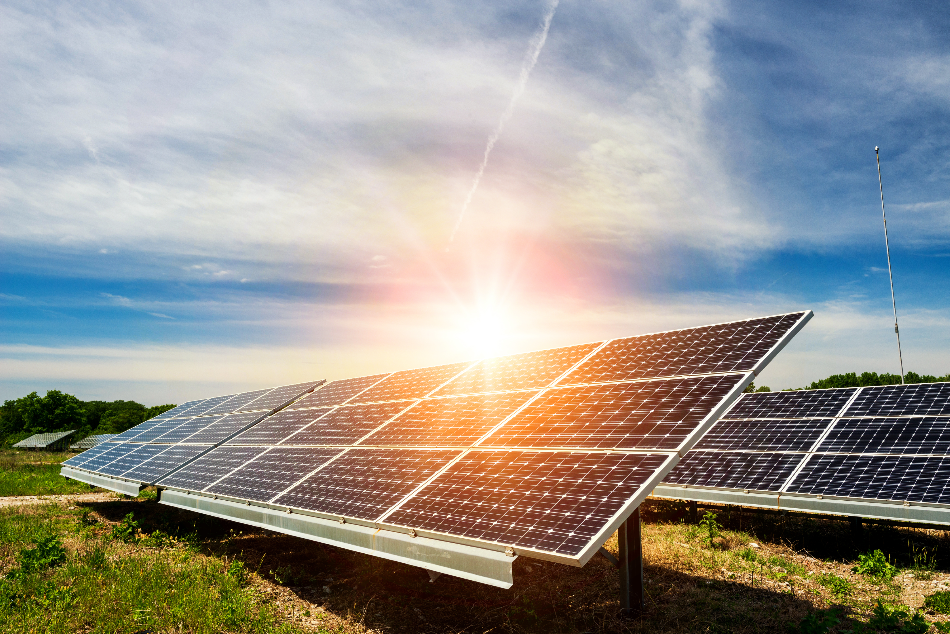
Diyana Dimitrova / Shutterstock
Studies have shown that fiber optics can be used in order to achieve a concentration of solar energy. Light can be transmitted through the optical fibers and concentrated in a useful and efficient way of handling solar energy. Knowledge gained by research into the effectivity of fiber optics in this application is invaluable to the field of solar energy concentrators, which work to harvest solar power, concentrate, store and distribute it.
Current Methods of Solar Concentration
Currently, concentrating solar power (CSP) plants rely on mirrors to concentrate solar energy, which is used as a driving force for either traditional steam turbines of engines that produce electricity. This kind of thermal energy, which begins as natural light, can be stored and then distributed as it is needed in a useable form of electricity. This provides a useful solution to the fact that the intermittent nature of renewables has previously acted as an obstacle to widespread adoption.
Recent years have seen solutions like batteries, and catalyzing the splitting of water into hydrogen as options for storage, and CSP plants are providing another alternative to a renewable power source that can be stored.
From Theory to Practice
Back in 1980, a team of researchers in France theorized that optical fibers could be used to transport concentrated solar energy. However, high-quality optical fibers were difficult to come by, and the team’s design was highly costly. This was in addition to the impact of dust on the system and the fact that the high temperature of the concentrated light on the tip of fibers was a barrier to commercial use, and so the theory wasn’t put to practice until almost two decades later.
By the late 90s, fiber-optic techniques had developed, and the theory was able to be put into practice to demonstrate that high-quality optical fibers with a large core diameter and a large numerical aperture are capable of transmitting and concentrating solar energy.
Concentrating Light in Fiber Optics
Since it was theorized about, scientists have successfully managed to demonstrate that sunlight can be concentrated through fiber optics with the result of generating heat and electricity.
The system that was first designed for this purpose back in the 90s incorporated a concentrator, a tracker for high concentration, a sunlight coupler, and finally, fiber optics. The research team devised the system which relied on a flexible fiber-optic light guide measuring just 7mm in diameter and 3m in length. Within this guide were housed 19 optical fibers, and each 1.5mm section of the optical fiber was polished to create a hexagonal column.
The input columns of these polished fibers were able to join together, flush to each other, resulting in no gaps between the optical fibers. This was an essential part of the design because no gaps meant that the concentrated solar energy could be transmitted without any being lost between fibers. Therefore to ensure the high transmission capacity, it was essential that each input side of an optical fiber was polished correctly.
Researchers tested the capability of the design and they concluded that the obtained concentrated solar flux was of enough strength to pump a solar laser. They measured it to have the capacity to transmit a maximum of 60 W of optical power, with a 60% efficiency.
Being able to use fiber optics successfully in transmitting concentrated solar energy has implications for the options available for generating and storing solar power. Since the development of this system in the 90s, scientists have further developed the capabilities of fiber optics within this field, helping to continue to move the field forward and develop new applications.
Source
Disclaimer: The views expressed here are those of the author expressed in their private capacity and do not necessarily represent the views of AZoM.com Limited T/A AZoNetwork the owner and operator of this website. This disclaimer forms part of the Terms and conditions of use of this website.